David Mitchell
Well-Known Member
Hi all,
I am just wondering about this as I am looking at CSCs at the moment (although won't be buying one this year as I will wait for the technology to get better). I am wondering about what resolution is actually needed with a camera for the different sized sensors. The screen I am using at the moment has a resolution of around 2 megapixels, so therefore if I shot a 2MP image I could use all the pixels on screen - obviously not good if you are wanting to blow up an image larger though.
The Nikon D3200 has 24 megapixels and my D3100 has just over 14, if shooting normally on them surely you can't actually see all of the pixels when viewing the whole image?
Also due to the different sensor sizes I am guessing not all pixels are equal - a bit like how a 1080p larger screen TV won't be as sharp as a 1080p smaller screen as the pixel count is the same but spread out over a larger area.
I know that a single frame of 35mm film is around 85 megapixels or there about and my scanner should be able to get a good scan from that to digitize it, but i'm limited to what i'm actually seeing on the screen lol.
Is there a good 'working' number of megapixels I should be looking at for prints up to say A4? I haven't yet actually printed anything, its all shown online on here or on Facebook. Should I just look at the features and dynamic range of the camera rather than the resolution?
Hopefully they will bring out a Foveon CSC soon as it seems i'm after a better dynamic range rather than megapixels count - I don't shoot images for billboards lol.
I am just wondering about this as I am looking at CSCs at the moment (although won't be buying one this year as I will wait for the technology to get better). I am wondering about what resolution is actually needed with a camera for the different sized sensors. The screen I am using at the moment has a resolution of around 2 megapixels, so therefore if I shot a 2MP image I could use all the pixels on screen - obviously not good if you are wanting to blow up an image larger though.
The Nikon D3200 has 24 megapixels and my D3100 has just over 14, if shooting normally on them surely you can't actually see all of the pixels when viewing the whole image?
Also due to the different sensor sizes I am guessing not all pixels are equal - a bit like how a 1080p larger screen TV won't be as sharp as a 1080p smaller screen as the pixel count is the same but spread out over a larger area.
I know that a single frame of 35mm film is around 85 megapixels or there about and my scanner should be able to get a good scan from that to digitize it, but i'm limited to what i'm actually seeing on the screen lol.
Is there a good 'working' number of megapixels I should be looking at for prints up to say A4? I haven't yet actually printed anything, its all shown online on here or on Facebook. Should I just look at the features and dynamic range of the camera rather than the resolution?
Hopefully they will bring out a Foveon CSC soon as it seems i'm after a better dynamic range rather than megapixels count - I don't shoot images for billboards lol.
